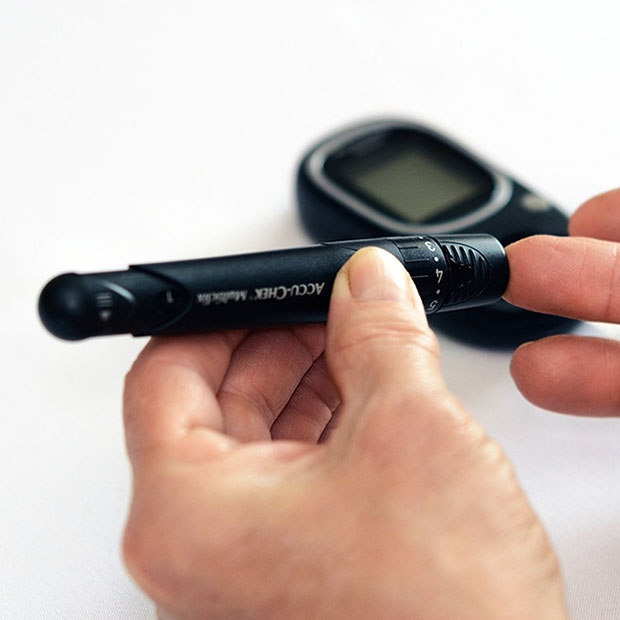How Diabetes Impacts Eyesight

One of the many things diabetes can impact when it isn’t carefully controlled is eyesight.
Whether it’s type 1, type 2, or gestational diabetes (which functions like type 2 while it lasts), the risk of developing a variety of eye diseases (including cataracts, diabetic macular edema, diabetic retinopathy, and glaucoma) goes up significantly. When you combine these diseases under the umbrella term “diabetic eye disease,” it makes diabetes a leading cause of blindness worldwide.
How Does Diabetes Work?
All three types of diabetes impact eye health, but they work in different ways. Type 1 diabetes is usually diagnosed early in life, and it involves the pancreas being unable to produce insulin. Type 2 diabetes (up to 95% of cases) is usually diagnosed decades into adulthood, and it involves the body failing to use insulin efficiently to regulate blood sugar. Gestational diabetes affects some pregnant women, who become less able to regulate blood sugar during pregnancy.
Diabetes Increases the Risk of Cataracts
Diabetes makes a person five times more likely to develop cataracts. The reason is that high blood sugar can cause the lens of the eye to swell and accumulate opaque proteins, turning it cloudy. Modern cataract-removal surgery, fortunately, makes the resulting vision loss reversible.
Macular Edema and Diabetic Retinopathy
High blood sugar means higher blood acidity, which can actually damage blood vessels. This creates a major problem for the delicate capillaries that nourish the retina at the back of the eye. Diabetic retinopathy happens when those capillaries weaken enough to begin leaking, which the body tries to fix by growing new blood vessels. However, these are less stable and even more likely to leak. A common symptom of diabetic retinopathy is dark blotches or floaters in the field of vision.
Roughly 10% of people who develop diabetic retinopathy will eventually develop its cousin as well, DME, which is the buildup of fluid in the macula (the part of the retina responsible for our detailed central vision). The fluid buildup causes distortions and washes out the colors, and surgical treatment may be necessary to restore normal vision.
Diabetes Makes Glaucoma More Likely
You may be surprised to learn that the fluid inside our eyes doesn’t stay put for our entire lives. There is actually a cycle to constantly replace and replenish it, which is an essential component of eye health. Glaucoma is what happens when that cycle is interrupted, causing pressure to build against the optic nerve until it damages it, leading to problems as severe as permanent blindness. A diabetic person is more likely to develop glaucoma, which doesn’t always have obvious symptoms. Regular eye exams are the best way to catch it early!
Protect Your Eyesight With Regular Eye Exams
That brings us to the importance of regular eye exams, particularly for diabetic people. Many sight-threatening conditions are irreversible, but they can often be slowed and controlled when they are caught early on. Equally as important is to carefully manage the diabetes. By keeping their blood sugar as close to normal as possible, they can reduce their risk levels for these eye diseases down to levels much more like those of people without diabetes.